Chicken Feet Exports to China — Comprehensive and Updated Report (Overview up to 2025)
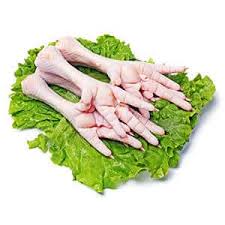
Abstract
China remains the world’s largest consumer of chicken feet. However, its import patterns are shifting — due to changing suppliers, stricter sanitary protocols, and increased domestic production — creating a complex mix of threats and opportunities for new exporters, including Iran. This report summarizes current market conditions, field evidence, risks, and strategic recommendations for potential exporters.
1) General Market Overview and Demand Trends
China has consistently been the leading consumer of chicken feet worldwide. Domestic demand (both for direct consumption and for industrial use in collagen/gelatin extraction and processed food) remains high. Recent market data shows strong growth in the online sales segment and in value-added products such as boneless chicken feet.
In the broader context, China’s total meat imports in 2024–2025 have fluctuated, mainly due to higher domestic output and limited access to some foreign suppliers. However, niche products like chicken feet remain strategic import commodities for China.
Main Suppliers and Recent Shifts

Major suppliers to China include Brazil, the United States, Thailand, Russia, Belarus, and several South American and Central Asian countries. In 2024–2025, Brazil and Russia have expanded their presence in the Chinese chicken feet market, shifting the balance of supply.
Temporary import suspensions due to disease outbreaks (such as HPAI — Highly Pathogenic Avian Influenza) or facility registration issues have affected exports from some countries, directly influencing prices and supply stability.
3) Trade Data Snapshot
Recent trade statistics show a notable increase in the volume and value of chicken feet shipments to China during the past 12 months (based on UN Comtrade, Tridge, and Volza databases). These platforms offer detailed data on export origins, shipment frequency, and trade value.
Opportunities for Iranian Exporters
-
Market Potential:
Iranian trade media have reported negotiations and preliminary agreements aimed at exporting tens of thousands of tons of chicken feet to China. If fully implemented, these volumes could secure a meaningful share of the market. This reflects a growing national capacity and government willingness to expand non-oil exports.
-
Value-Added Production:
When processed (cleaned, sorted, de-boned, frozen, and professionally packaged), chicken feet fetch significantly higher prices. Investing in processing facilities and international quality certification can raise export profitability.
5) Key Barriers and Risks
-
Regulatory and Registration Challenges:
China enforces strict sanitary and facility registration standards. Factories not listed in the official import registry are barred from exporting. This issue has even affected large U.S. exporters in 2024.
-
Avian Disease Outbreaks (HPAI):
Detection of HPAI in exporting countries triggers immediate bans, disrupting trade flows and market stability.
-
Price Competition:
Strong exporters like Brazil, Russia, and Thailand leverage their industrial scale and logistics infrastructure, creating a highly competitive environment for new entrants.
-
Packaging, Labeling, and Documentation Standards:
Chinese buyers are extremely sensitive to product consistency and documentation accuracy. Delays or minor errors in packaging, labeling, or veterinary certificates (e.g., LOI and national codes) can jeopardize contracts.
6) Practical Recommendations for Iranian Exporters
-
Register and Certify Facilities:
Obtaining and maintaining official veterinary codes, plant registrations, and IR identifiers approved by Chinese authorities should be the top priority. Sample LOIs and procedural templates are available through domestic trade organizations.
-
Invest in Value-Added Packaging:
Cleaned, de-boned, and professionally packaged chicken feet command higher prices and longer shelf life — a key advantage for export to Chinese distributors.
-
Build B2B Distribution Networks:
Instead of relying on a few bulk buyers, Iranian exporters should establish direct links with Chinese importers, food processors, and collagen/gelatin manufacturers.
-
Mitigate Disease and Trade Risks:
Include clauses in contracts that protect against sudden import bans, and ensure comprehensive cargo insurance and documentation.
-
Monitor Regulations and Trade Diplomacy:
Since China’s import policies vary depending on bilateral relations, exporters must track trade and diplomatic updates closely (e.g., changes in import approvals or suspensions).
7) Outlook for the Next 12–18 Months
The medium-term outlook for chicken feet exports to China remains complex but opportunity-driven.
Demand continues to rise in both consumer and industrial segments, while health restrictions and supply chain disruptions are reshaping trade dynamics. This volatility opens a strategic window for new, compliant suppliers such as Iran.
If Iranian exporters secure sanitary approvals early and focus on value-added processing, they stand a strong chance of signing long-term supply agreements. However, they must maintain contingency plans against disease-related disruptions (like HPAI import bans).
According this text we are in
NONADSHOP TRADE COMPANY
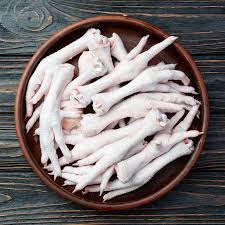
Ready for help and try for sell chicken paw to foreign businessman in all the world.
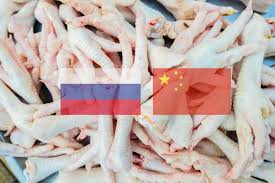
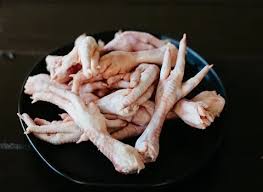
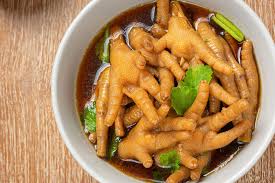
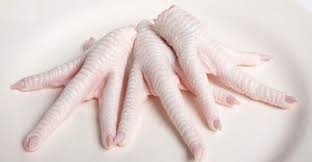

بدون دیدگاه